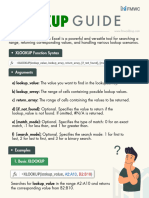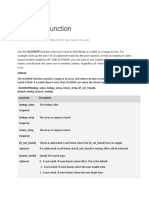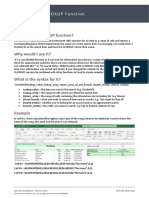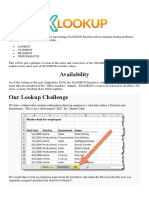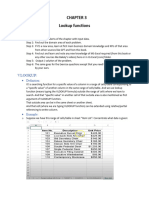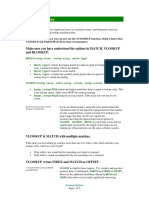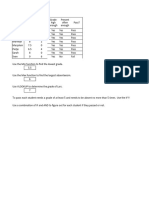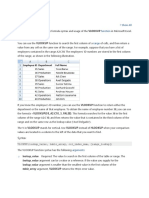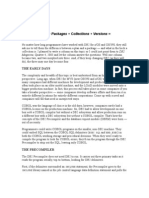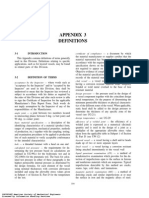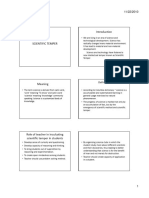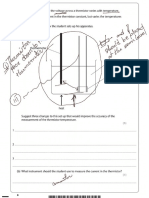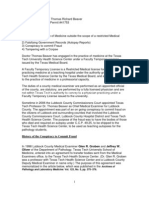0% found this document useful (0 votes)
7 views7 pagesXLOOKUP Explanation File - Excel Learning
The document introduces XLOOKUP, a modern Excel function that replaces both VLOOKUP and HLOOKUP, offering greater flexibility and fewer errors. It outlines the basic syntax, error handling, dynamic arrays, and match modes, emphasizing how to effectively use the function in various scenarios. Additionally, it highlights the use of conditional formatting to visually manage missing data in large tables.
Uploaded by
nourfayad169Copyright
© © All Rights Reserved
We take content rights seriously. If you suspect this is your content, claim it here.
Available Formats
Download as PDF, TXT or read online on Scribd
0% found this document useful (0 votes)
7 views7 pagesXLOOKUP Explanation File - Excel Learning
The document introduces XLOOKUP, a modern Excel function that replaces both VLOOKUP and HLOOKUP, offering greater flexibility and fewer errors. It outlines the basic syntax, error handling, dynamic arrays, and match modes, emphasizing how to effectively use the function in various scenarios. Additionally, it highlights the use of conditional formatting to visually manage missing data in large tables.
Uploaded by
nourfayad169Copyright
© © All Rights Reserved
We take content rights seriously. If you suspect this is your content, claim it here.
Available Formats
Download as PDF, TXT or read online on Scribd
/ 7




